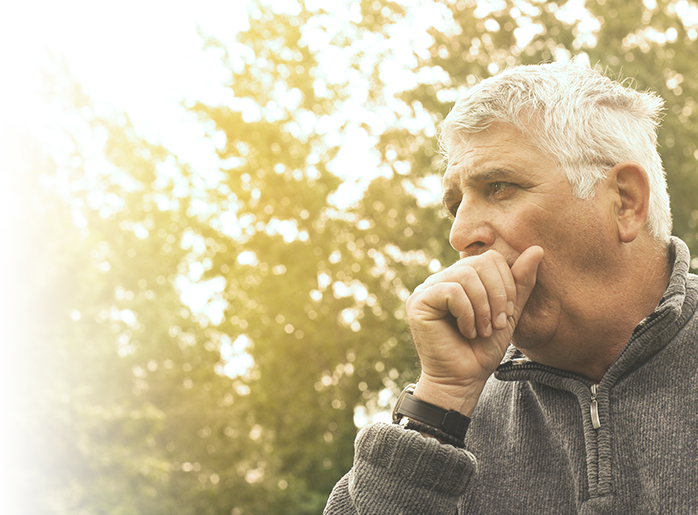Acute Respiratory Distress Syndrome
Know More: Acute Respiratory Distress Syndrome
Trustworthy information, straight from the source. Education is the first step in an empowering healthcare plan. Learn more about acute respiratory distress syndrome from prevention to diagnosis and treatment.

Condition Overview
What is acute respiratory distress syndrome?
Acute respiratory distress syndrome (ARDS) occurs when the small sacs in your lungs become swollen and filled with fluid. The fluid blocks the flow of oxygen so oxygen cannot get into your cells. When oxygen does not get into the cells of your body, it causes respiratory failure. ARDS is life-threatening and immediate treatment is needed.
What causes acute respiratory distress syndrome?
Pneumonia is the most common cause of ARDS. ARDS may also be caused by any of the following:
- Illnesses, such as sepsis (a blood infection), or pancreatitis.
- An injury to the chest or the part of the brain that controls breathing, or severe burns.
- Inhaling vomited food or liquids or harmful gases, such as chlorine, or near-drowning.
- Drug overdose, multiple transfusions, or transfusion-associated acute lung injury (TRALI).
Diagnosis & Treatment Options
What are the signs and symptoms of acute respiratory distress syndrome?
Signs and symptoms usually start within 72 hours after injury to the lungs. You may have any of the following:
- Fast, difficult breathing.
- Extreme fatigue and confusion.
- Low blood pressure.
How is acute respiratory distress syndrome diagnosed?
You may need any of the following tests:
- Blood tests may show if you have an infection. They may also show how your body is working.
- A blood gases test is also called an arterial blood gas, or ABG. Blood is taken from an artery (blood vessel) in your wrist, arm, or groin. Your blood is tested for the amount of oxygen and carbon dioxide in it. The results can tell healthcare providers how well your lungs are working.
- A chest X-ray is done to see how your lungs and heart are doing. Healthcare providers may use the X-ray to look for signs of infection such as pneumonia. A chest X-ray may also show signs of ARDS.
- A CT scan may show the respiratory disorder within your lungs. You may be given contrast liquid to help the problem show up better in the pictures. Tell the healthcare provider if you have ever had an allergic reaction to contrast liquid.
- A lung ultrasound may help healthcare providers diagnose and manage treatment of ARDS.
How is acute respiratory distress syndrome treated?
You may need any of the following treatments:
- A ventilator is a machine that will support your breathing and give oxygen while your lungs heal. You will have an endotracheal tube (ET tube) in your mouth or nose that will attach to a ventilator.
- Medicines may be given that cause your muscles to relax and allow the ventilator to work for you. You may also be given medicines to treat an infection. Medicines may be given to decrease swelling in your lungs and other parts of your body.
